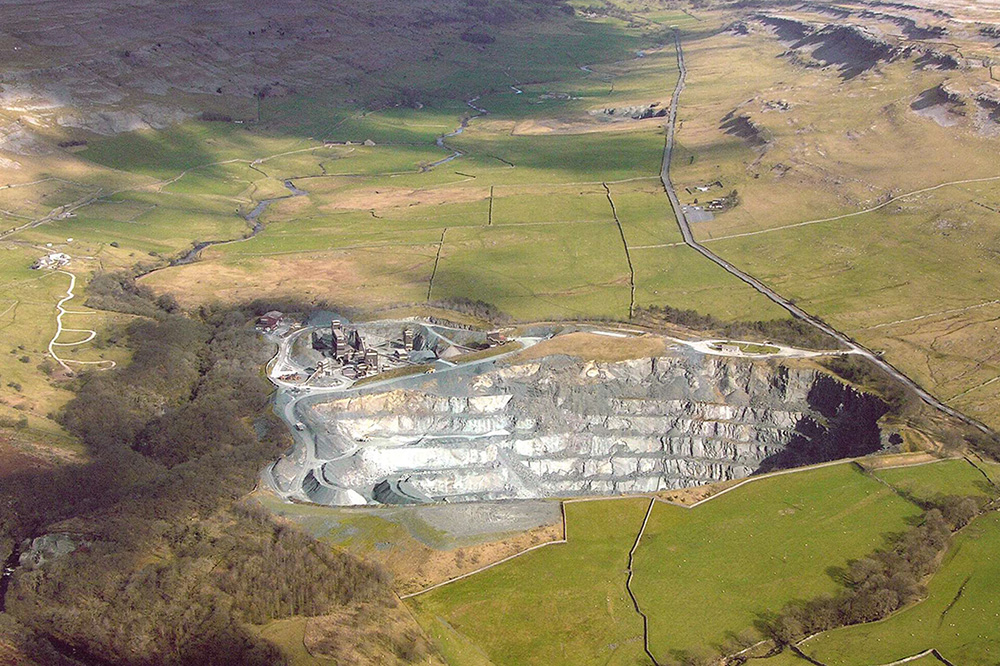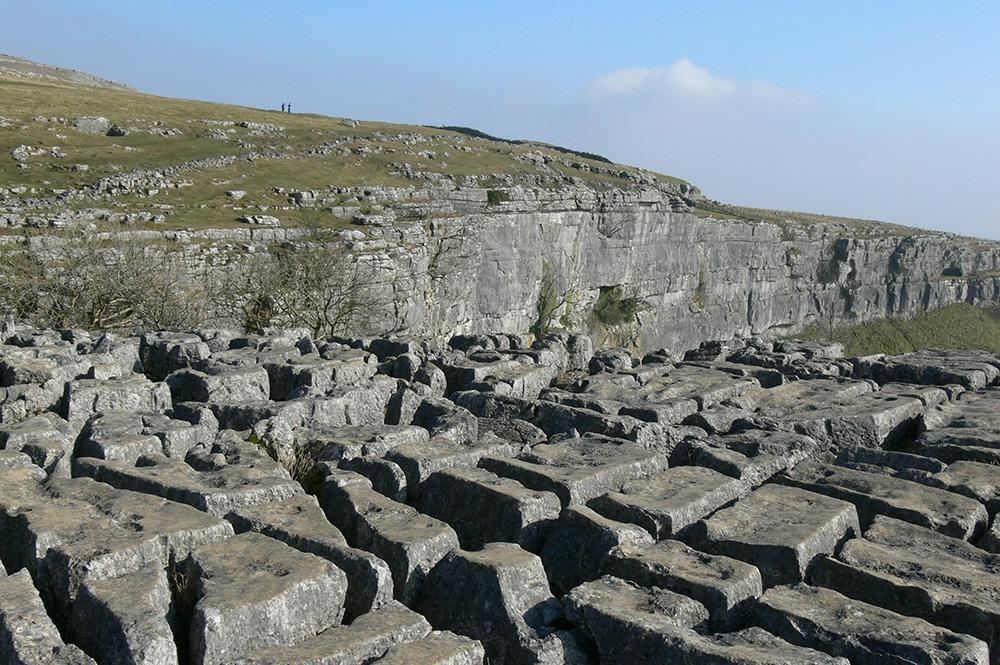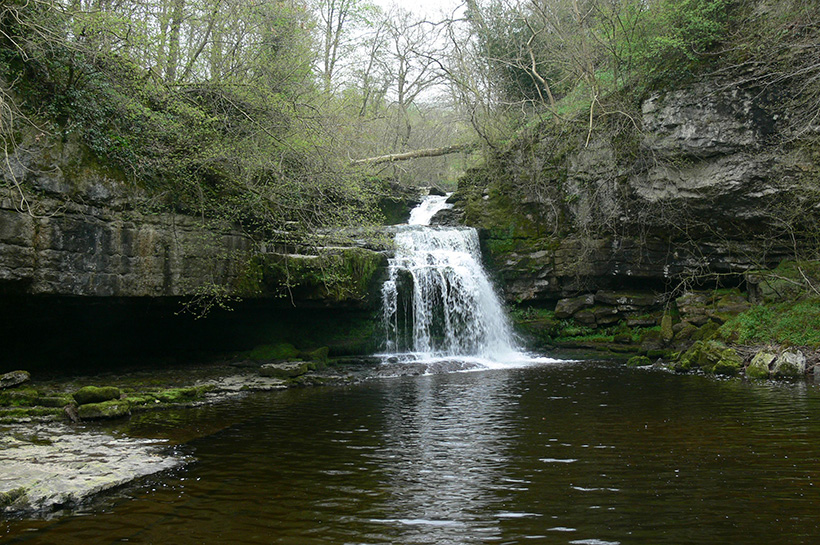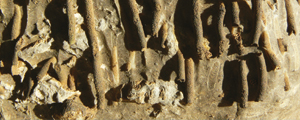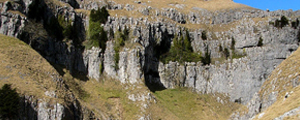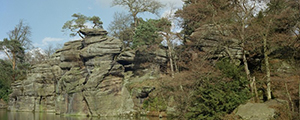Limestone was first burnt to make lime in the Roman period. From the late medieval period limestone was widely used to produce lime mortar, limewash, and agricultural lime. More than 1500 lime kiln sites are now known in the Your Dales Rocks Project Area, the majority of these being small free standing field kilns. During the nineteenth century, lime burning became an increasingly commercial process, spurred on by the introduction of rail transport, and the development of more efficient kilns such as the Hoffmann kilns at Mealbank Quarry, Ingleton and Craven Lime Works, Langcliffe with limestone being supplied from large quarries. As the demand for agricultural lime decreased large commercial limestone quarries such as Horton and Threshfield produced crushed limestone for use as aggregate in the construction industry.
